THE
DIM
HYPOTHESIS
THE
DIM
HYPOTHESIS
WHY THE LIGHTS OF THE WEST
ARE GOING OUT
LEONARD PEIKOFF
 NEW AMERICAN LIBRARY
NEW AMERICAN LIBRARY
NEW AMERICAN LIBRARY
Published by New American Library, a division of
Penguin Group (USA) Inc., 375 Hudson Street,
New York, New York 10014, USA
Penguin Group (Canada), 90 Eglinton Avenue East, Suite 700, Toronto,
Ontario M4P 2Y3, Canada (a division of Pearson Penguin Canada Inc.)
Penguin Books Ltd., 80 Strand, London WC2R 0RL, England
Penguin Ireland, 25 St. Stephens Green, Dublin 2,
Ireland (a division of Penguin Books Ltd.)
Penguin Group (Australia), 250 Camberwell Road, Camberwell, Victoria 3124,
Australia (a division of Pearson Australia Group Pty. Ltd.)
Penguin Books India Pvt. Ltd., 11 Community Centre, Panchsheel Park,
New Delhi - 110 017, India
Penguin Group (NZ), 67 Apollo Drive, Rosedale, Auckland 0632,
New Zealand (a division of Pearson New Zealand Ltd.)
Penguin Books (South Africa) (Pty.) Ltd., 24 Sturdee Avenue,
Rosebank, Johannesburg 2196, South Africa
Penguin Books Ltd., Registered Offices:
80 Strand, London WC2R 0RL, England
First published by New American Library,
a division of Penguin Group (USA) Inc.
First Printing, September 2012
10 9 8 7 6 5 4 3 2 1
Copyright Leonard Peikoff, 2012
All rights reserved. No part of this book may be reproduced, scanned, or distributed in any printed or electronic form without permission. Please do not participate in or encourage piracy of copyrighted materials in violation of the authors rights. Purchase only authorized editions.
 REGISTERED TRADEMARKMARCA REGISTRADA
REGISTERED TRADEMARKMARCA REGISTRADA
LIBRARY OF CONGRESS CATALOGING-IN-PUBLICATION DATA:
Peikoff, Leonard.
The DIM hypothesis: why the lights of the West are going out/Leonard Peikoff.
p. cm.
Includes bibliographical references and indexes.
ISBN: 978-1-101-61736-6
1. Knowledge, Theory of. 2. Civilization, WesternForecasting. I. Title.
BD161.P425 2012
303.45dc23 2012005918
Printed in the United States of America
PUBLISHERS NOTE
While the author has made every effort to provide accurate telephone numbers, Internet addresses and other contact information at the time of publication, neither the publisher nor the author assumes any responsibility for errors, or for changes that occur after publication. Further, publisher does not have any control over and does not assume any responsibility for author or third-party Web sites or their content.
ALWAYS LEARNING
PEARSON
Integrationis the key to mans consciousness, to his conceptual faculty, to his basic premises, to his life.
Ayn Rand
To Ayn Rand,
who made an integrated life possible
ACKNOWLEDGMENTS
David Harriman, historian of physics, was my greatest intellectual ally in writing this book. I talked with him often to help me clarify my ideas. He was also my expert in physics, who taught me what I needed to know for this book, and then showed me how my theory applied to the field. Steve Jolivette, a world historian (as I think of him), was another essential mentor, who consented to answer, in detail and with bibliography, the stream of questions I posed to him across the years, ranging from pre-Greece through the present. Without David and Steve, I could not have undertaken this book. Of course, neither of them nor anyone identified below is responsible for the use I have made of their knowledge and help.
Yaron Brook was instrumental to my understanding of America today, particularly in economics and foreign policy. John Allison suggested to me, in regard to a problem I was having with the ending, what my last few pages should say; much of his wording is there. Carl Barney gave me a nice rationalization to desist from further editing. Even if its not perfect, he said, isnt wonderful enough? Tara Smith at UT Austin asked me early on a question which remained with me as a challenge to be met. I agree with your theory, she said, frowning, but why is it so difficult to understand?
Many others helped, answering questions, recommending readings, e-mailing links, sending in clippings. Of these individuals, the ones of whom I asked the most are Professor Robert Mayhew of Seton Hall U (on Greece) and Professor John Lewis, now tragically deceased (on Rome). I also learned from Tore Boeckmann (Romantic literature), Eric Daniels (Colonial America), Andrew Lewis (general research), Keith Lockitch (environmentalism), Amy Peikoff (law and political theory), and Lisa Van Damme (education). Further, in the last few years, hundreds of people have attended lecture courses in which I presented the main content of the book. These audiences wide-ranging questions, well-thought-out objections, and enthusiastic interest were both intellectual help and emotional fuel.
Arnold Dolin went through the manuscript twice, and gave me many helpful suggestions. So did Tracy Bernstein, my easiest-ever editor to work with at NAL. My daughter Kira brainstormed with me to get the subtitle. Richard Ralston was my liaison with the publisher. Tore Boeckmann compiled the index. Jenniffer Woodson researched and typed during the early stages. Dr. Lewis Engel enabled me to endure for so long the struggle that writing always is for me, and to deal with the pain when it came.
Kim Marzullo, my assistant, worked on the book more cheerfully and efficiently than I would have thought possible, given her already overcrowded life. She not only typed the manuscript multiple times and helped with research, but also organized and formatted all the references and checked the quotations for accuracy. Thank you, Kim, especially for staying on with me three extra years, until the book was done.
At the start of the book, I did not know her. But thank you, Jackie, for putting up with me during the years at the end.
PREFACE
The purpose of this book is to gain an understanding of our past and on that basis to predict our future. The method is to identify a specific factor operative in our cultural history, one hitherto unappreciated but nevertheless indispensable if we are to reach the understanding we seek.
Is the world going to hell? I do not approach this question by reference to our current economic crises, our political impotence, or Islamic terrorism. Instead, guided by a hypothesis, I ask: Does our inability to cope with these problems reflect our failure to grasp an overarching factor, one always at work in the two and a half millennia behind usa factor shaping in each era the minds and distinctive achievements of its cultural creators? If we could identify such a factor, we might make sense of our past and of its sequel. From this perspective, only the study of past cultural heroesof Homer, Augustine, Newton, Dewey, and many morecan give us the key to tomorrow.
In part one, I explain the nature of the factor and the DIM Hypothesis that it suggests. Parts two and three examine the evidence for my hypothesis through a survey of Western cultures from Greece to the present. Part four draws the lessons and infers whats next.
Because I attempt to interrelate on so broadly inclusive a scale, the book is unavoidably complex. I identify five different modes of thought that, alone or in some combination, have dominated four different cultural areas during six different Western periods. Thus I cover dozens of units that the reader ultimately must hold in mind together. A spreadsheet at the back of the book indicates the range of topics. By interconnecting all these units, I attempt to gain an overview of the kinds of causal sequences that have been decisive in our history, and thus to justify an extrapolation from them.
Next page
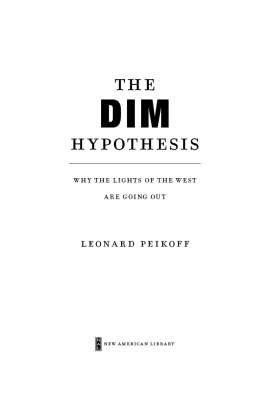

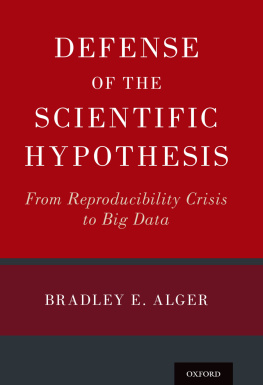


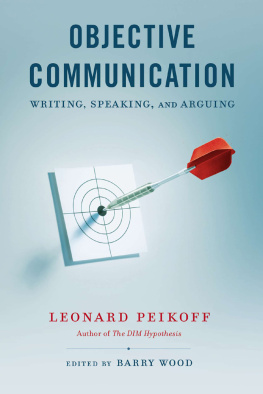
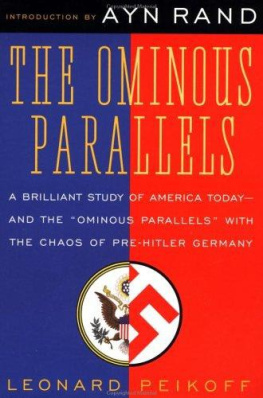
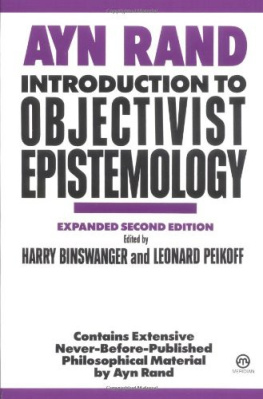
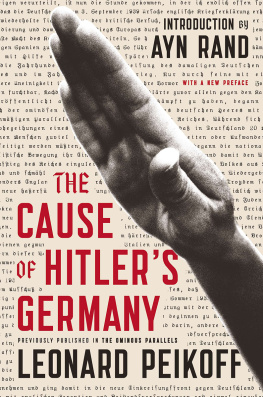
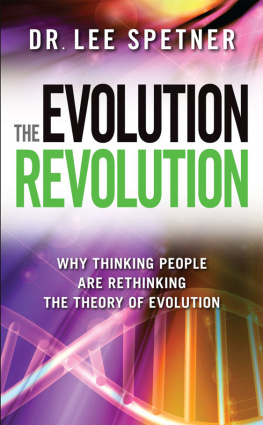
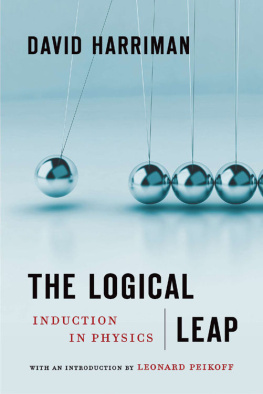
 NEW AMERICAN LIBRARY
NEW AMERICAN LIBRARY REGISTERED TRADEMARKMARCA REGISTRADA
REGISTERED TRADEMARKMARCA REGISTRADA